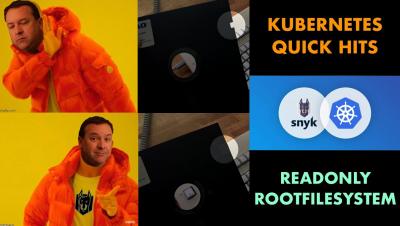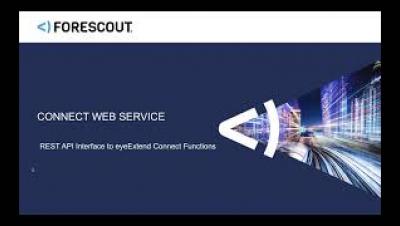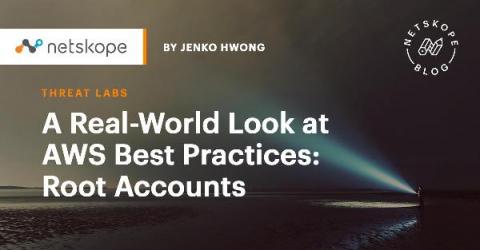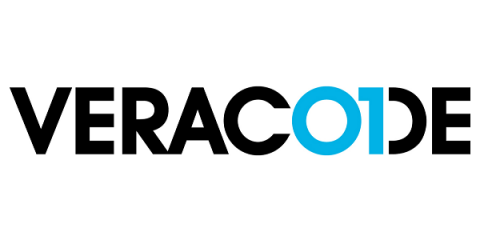Security | Threat Detection | Cyberattacks | DevSecOps | Compliance
%term
Shifting security left while building a Cloud Native bank
12 - Using the new Connect Web Services (1.5+)
A Real-World Look at AWS Best Practices: Root Accounts
Best practices for securing an AWS environment have been well-documented and generally accepted, such as AWS’s guidance. However, organizations may still find it challenging on how to begin applying this guidance to their specific environments. In this blog series, we’ll analyze anonymized data from Netskope customers that include security settings of 650,000 entities from 1,143 AWS accounts across several hundred organizations.
Full Cybersecurity Regulations Overview for DoD Prime and Subcontractors
Reporting Live From Collision Conference 2021: Part One!
This week, Collision (virtually) kicked off its annual conference, bringing together creatives, builders, influencers, innovators, and other great minds to cover some of the hottest topics in business and technology. Known as ‘America’s fastest-growing tech conference,’ this year Collision featured over 450 speakers with more than 100 hours of content to consume across the three-day event.
Devo Cyber Corner - Women's History Month Panel
REvil ransomware - what you need to know
REvil is an ambitious criminal ransomware-as-a-service (RAAS) enterprise that first came to prominence in April 2019, following the demise of another ransomware gang GandCrab. The REvil group is also known sometimes by other names such as Sodin and Sodinokibi. REvil has gained a reputation for attempting to extort far larger payments from its corporate victims than that typically seen in other attacks.
5 Basic Data Security Protocols Developers Must Know
Despite the fact that developers are more tech-savvy than your average employee, software developers and engineers are still susceptible to security threats. In fact, software developers are a very appealing target for hackers.
How to Future Proof Your System Against a Zero Day Exploit
Earlier this year, Kaspersky researchers discovered a zero day exploit hidden in Desktop Windows Manager. The exploit, designated as CVE-2021-28310, is known as an escalation of privilege (EoP) exploit, which allows attackers to gain access or a higher-level user permission to systems and platforms than an administrator would permit. Though patches have since been released, it’s not yet known how extensive the damage from this zero day exploit is yet.











